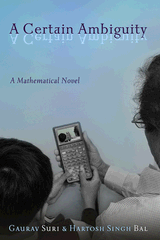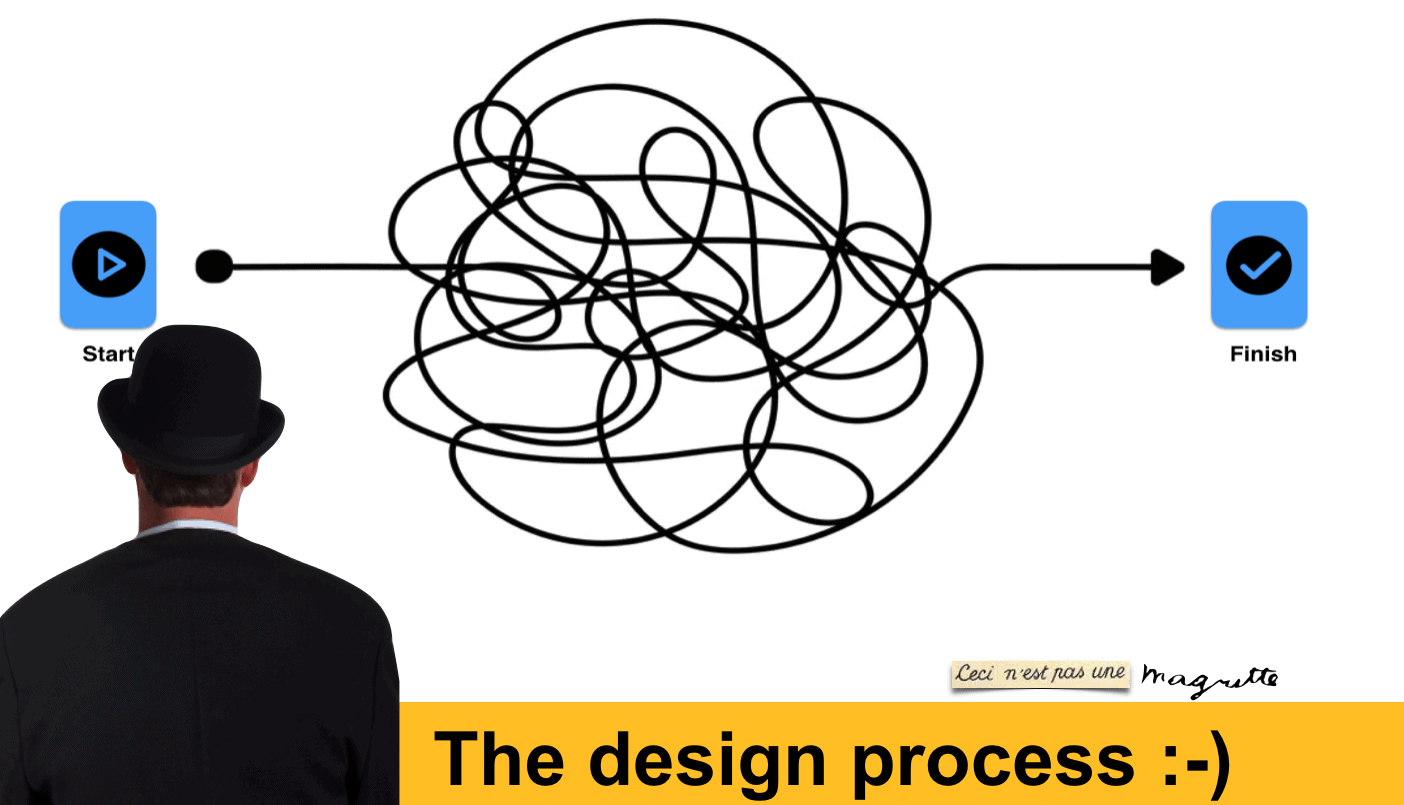 A Certain Ambiguity: A Mathematical Novel is a book written by two of my high school friends, Gaurav Suri and Hartosh Singh Bal.
A Certain Ambiguity: A Mathematical Novel is a book written by two of my high school friends, Gaurav Suri and Hartosh Singh Bal.
The book jacket describes it as follows:
While taking a class on infinity at Stanford in the late 1980s, Ravi Kapoor discovers that he is confronting the same mathematical and philosophical dilemmas that his mathematician grandfather had faced many decades earlier–and that had landed him in jail. Charged under an obscure blasphemy law in a small New Jersey town in 1919, Vijay Sahni is challenged by a skeptical judge to defend his belief that the certainty of mathematics can be extended to all human knowledge–including religion. Together, the two men discover the power–and the fallibility–of what has long been considered the pinnacle of human certainty, Euclidean geometry.
As grandfather and grandson struggle with the question of whether there can ever be absolute certainty in mathematics or life, they are forced to reconsider their fundamental beliefs and choices. Their stories hinge on their explorations of parallel developments in the study of geometry and infinity–and the mathematics throughout is as rigorous and fascinating as the narrative and characters are compelling and complex. Moving and enlightening, A Certain Ambiguity is a story about what it means to face the extent–and the limits–of human knowledge.
Here is what I wrote for the Amazon.com review:
A Certain Ambiguity is a novel of ideas. A novel about mathematics and its pleasures wrapped up in a mystery (actually two, one about people and the other about mathematics). The manner in which these two mysteries tie into each other lies at the heart of the story. It is a smooth, easy read, despite the serious mathematics that threads through the book. There are people who will focus on the characters and the story and others who will focus on the mathematics, and others who will shift their attention back and forth between the two. (I am guilty of being of the third type, which is great because this is a book that rewards multiple readings.) People who like Douglas Hofstadter and Martin Gardner will love this book, but the author who most comes to mind is Richard Powers. Though the authors don’t engage in the same verbal fireworks that makes Powers famous, they, similar to Powers, develop a story that is honest both to the characters and the ideas. No small feat.
Just a side note: This is a book that could not have existed without the Internet – as the two authors live on separate continents. This book was conceived and written as a genuine collaboration using email and regular bouts of instant messaging.



0 Comments